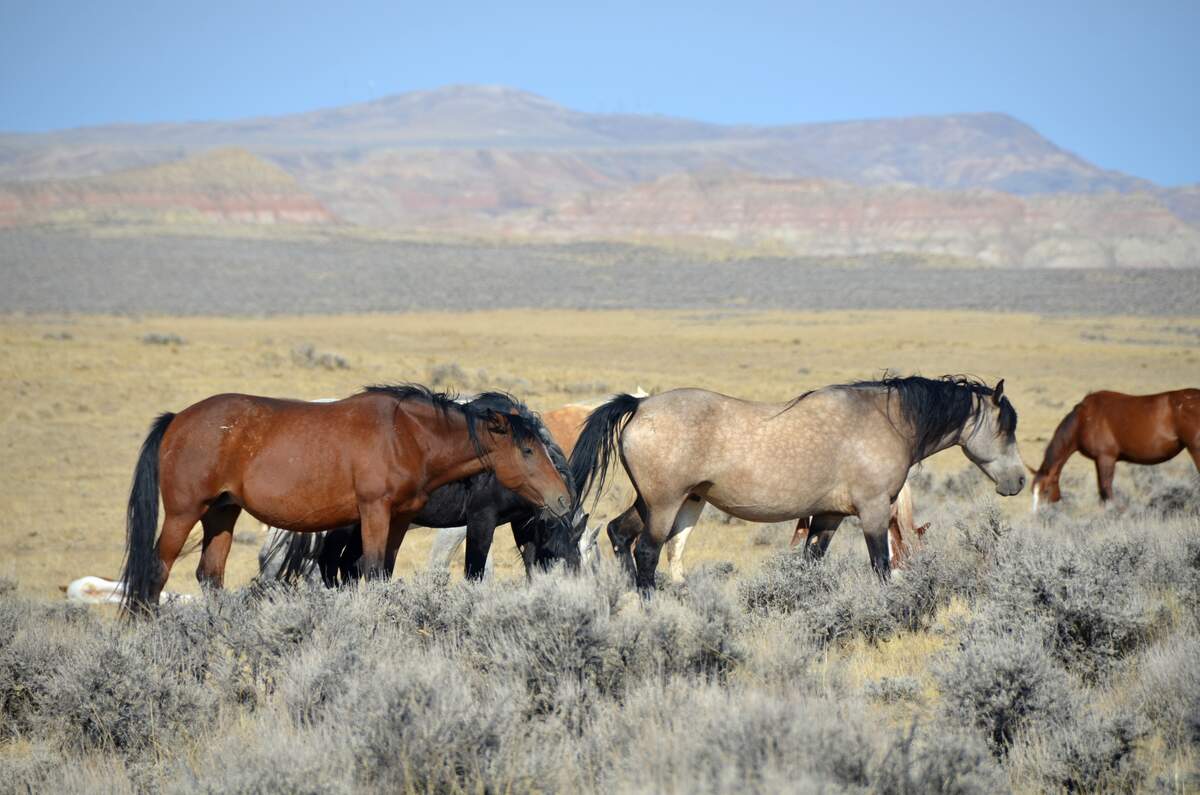

Boone Day
Also known as
Daniel Boone Day
Observed
annually on June 7th
Dates
Tags
Famous People & Celebrities
Hashtags
Sources
On today's date in 1769, frontier hero Daniel Boone supposedly first set his sights on the land that would eventually become Kentucky. The date is taken from John Filson's book, The Discovery, Settlement and Present State of Kentucky. The book is also known for its appendix, titled "The Adventures of Colonel Daniel Boone," which has info that apparently came from Boone himself, but was still written by Filson. The book isn't considered to be 100% accurate by historians. Like many stories about Boone, it may include exaggerations and fabrications of his life. Nonetheless, today's holiday celebrates Boone and his first visit to Kentucky. The day has been celebrated since the nineteenth century by the Kentucky Historical Society.
Daniel Boone—the fur trapper, hunter, explorer, and frontiersman—was born on November 2, 1734, in Berks County, Pennsylvania. As a youngster, Boone spent most of his time outside in the wilderness. His family moved near the Yadkin River in North Carolina in 1750. He soon joined the militia to protect white settlements from Native Americans. He then fought with the British in the French and Indian War. It was at this time that he first heard about "Kentucke."
In the late 1760s, Boone moved near the Cumberland Gap, the passageway between the Cumberland Mountains (which are part of the Appalachian Mountains). Right on the doorstep of Kentucky, the Cumberland Gap was not heavily settled by white people at the time. The opening had been discovered in 1750, but really hadn't been used much during the following decade because the French and Indian War was going on. The British banned westward expansion past the Appalachian Mountains after the war, which also hampered the usage of the passageway. Daniel Boone was one of those who didn't take heed to the law.
In 1775, Boone worked with the Transylvania Company to make a trail through the Cumberland Gap. Known as the Wilderness Road, it became the main route of white settlers to the West. Soon after it was completed, the settlement of Boonesborough was founded on the Kentucky River. Boone's wife and daughters settled there, becoming the first Anglo-American women to settle in Kentucky.
During the Revolutionary War, Boone served in the Kentucky militia (Kentucky was organized as a county of Virginia at the time). In 1778, Boone was captured by the Shawnee. He was able to escape and warned the residents of Boonesborough that an attack was coming, and they were able to prepare themselves. With the publication of The Discovery, Settlement and Present State of Kentucky in 1784, Boone's already well-known reputation in Kentucky became even more widespread.
Following the Revolutionary War, Boone settled in what is now West Virginia. Always looking for more space, he moved with his son to Missouri in 1799. Another contributing factor to his move was that he had lost all of his land in Kentucky by 1798. Losing land was not Daniel Boone's only shortcoming. For one, he was a slave owner. His views of Native Americans could be seen as questionable, to say the least. He was also not a very astute land speculator and went deep into debt. Nonetheless, he had many other achievements, and we remember him today. He lived a long, fulfilling life, dying in St. Charles, Missouri, in 1820, at the age of 86.
How to Observe Boone Day
Here are a few ideas on how to celebrate the day:
- Read The Discovery, Settlement and Present State of Kentucky.
- Read a biography about Daniel Boone.
- Visit the Kentucky Historical Society.
- Stop at the Daniel Boone Homestead, the place where Daniel Boone was born.
- Travel the Wilderness Trail (Road).
- Visit The Historic Daniel Boone Home, the home that Daniel Boone died in.





















